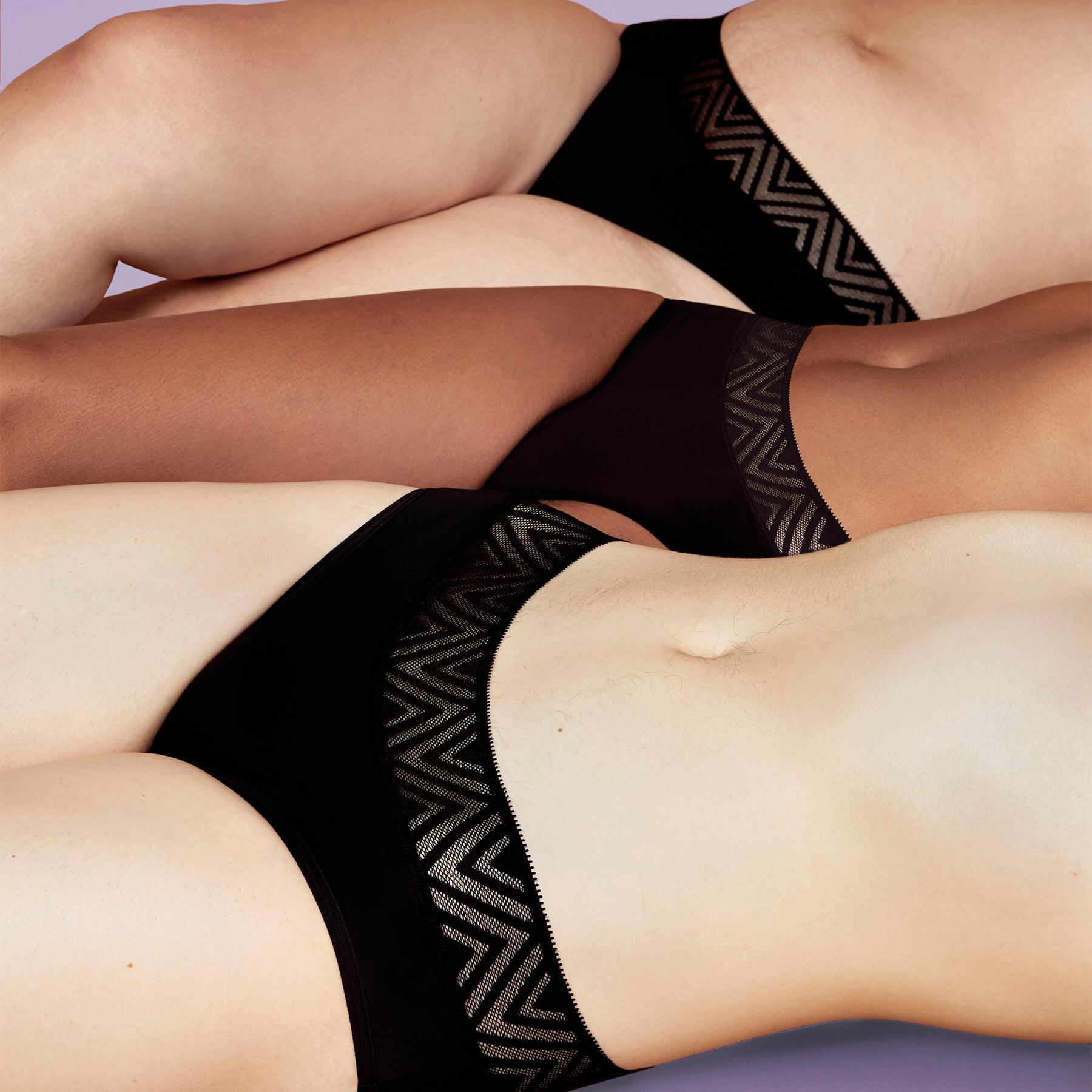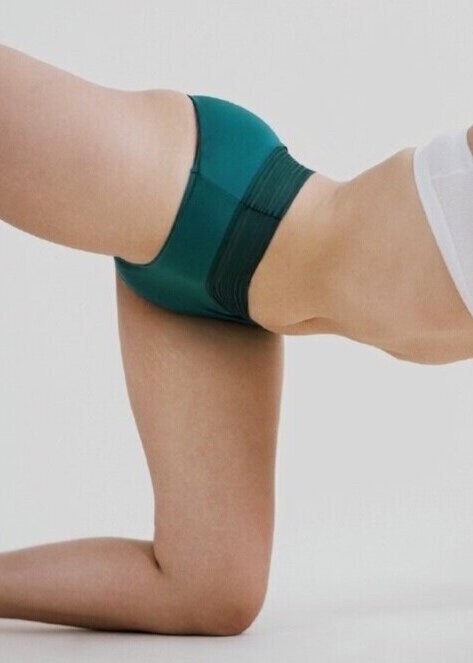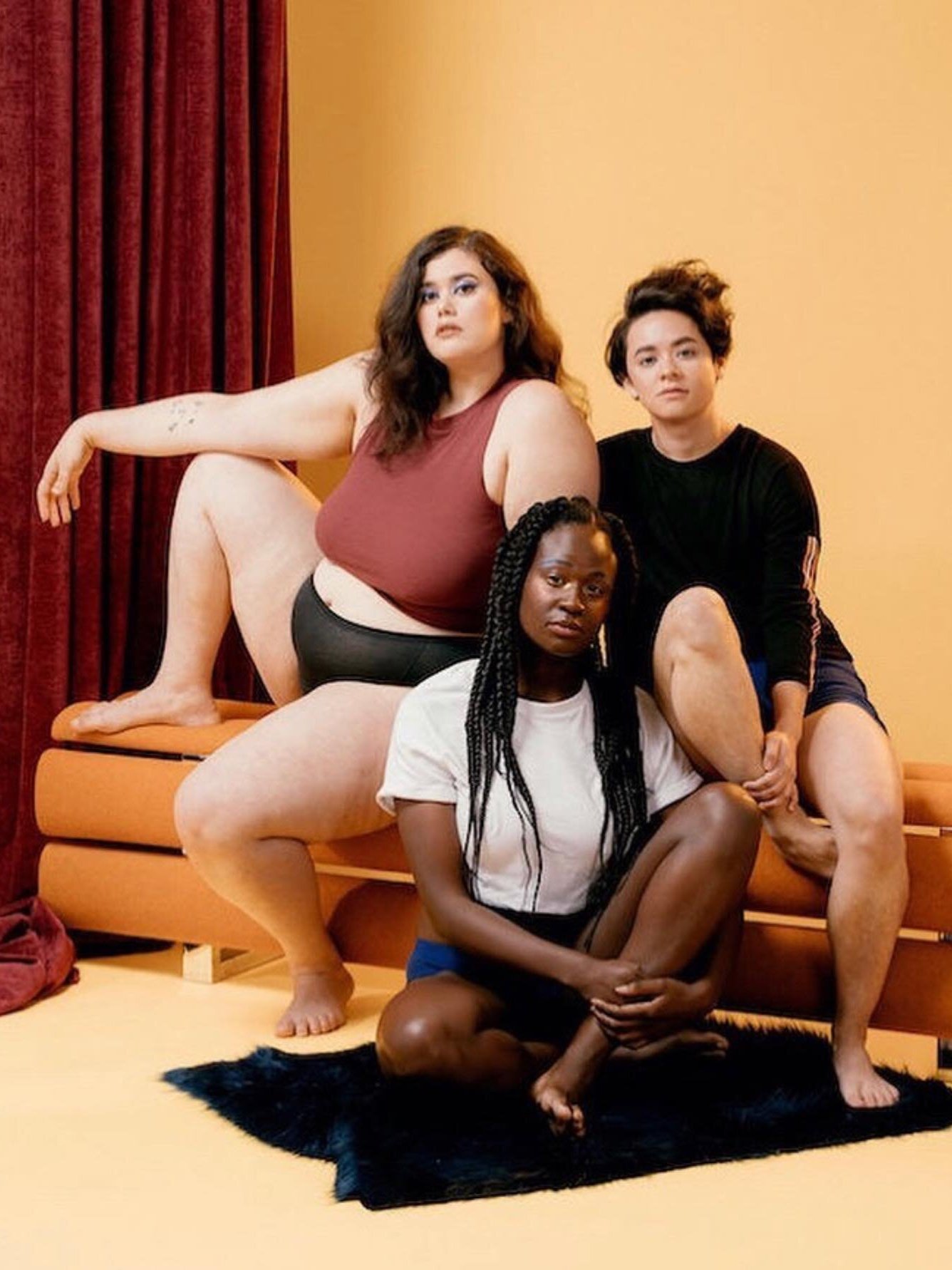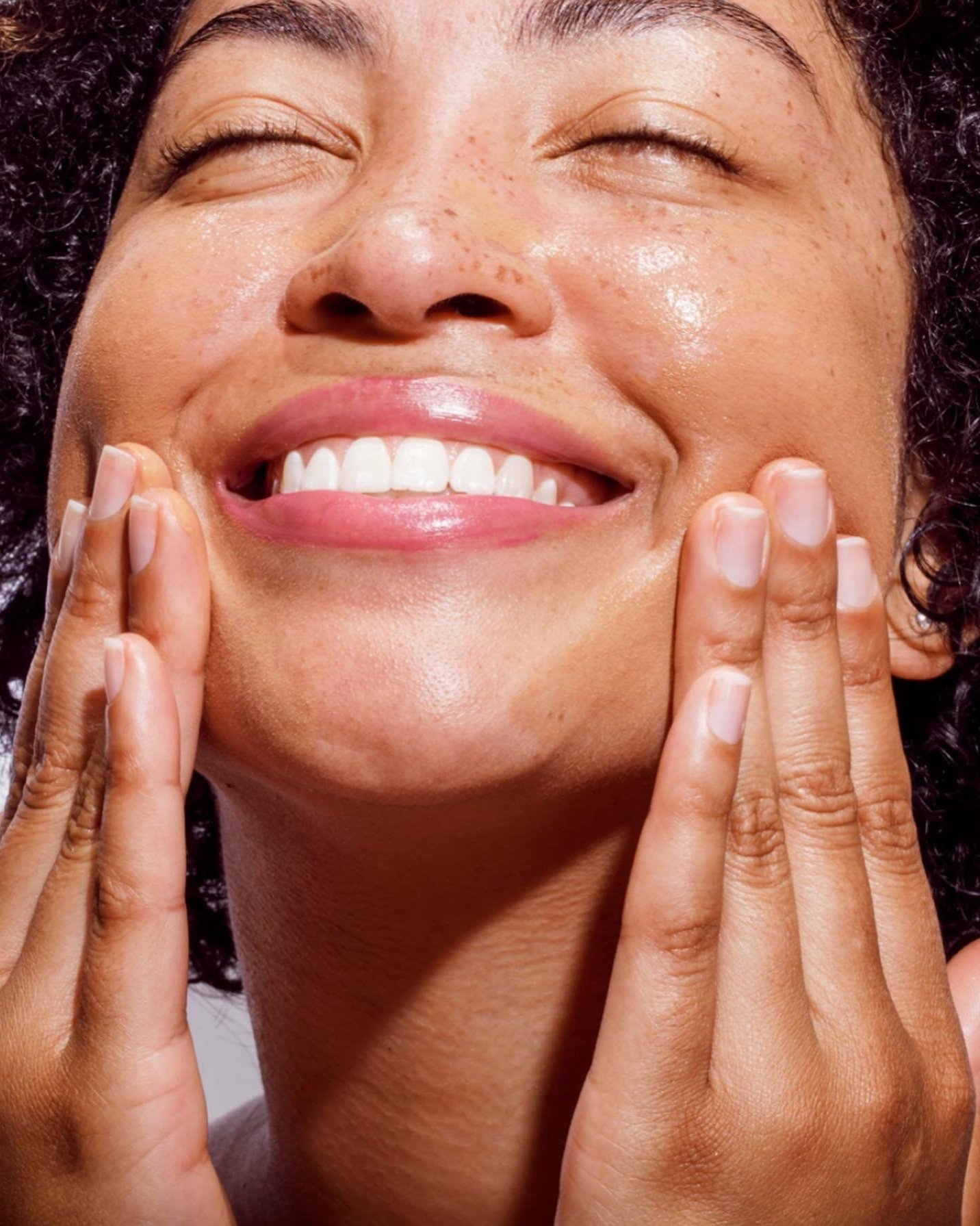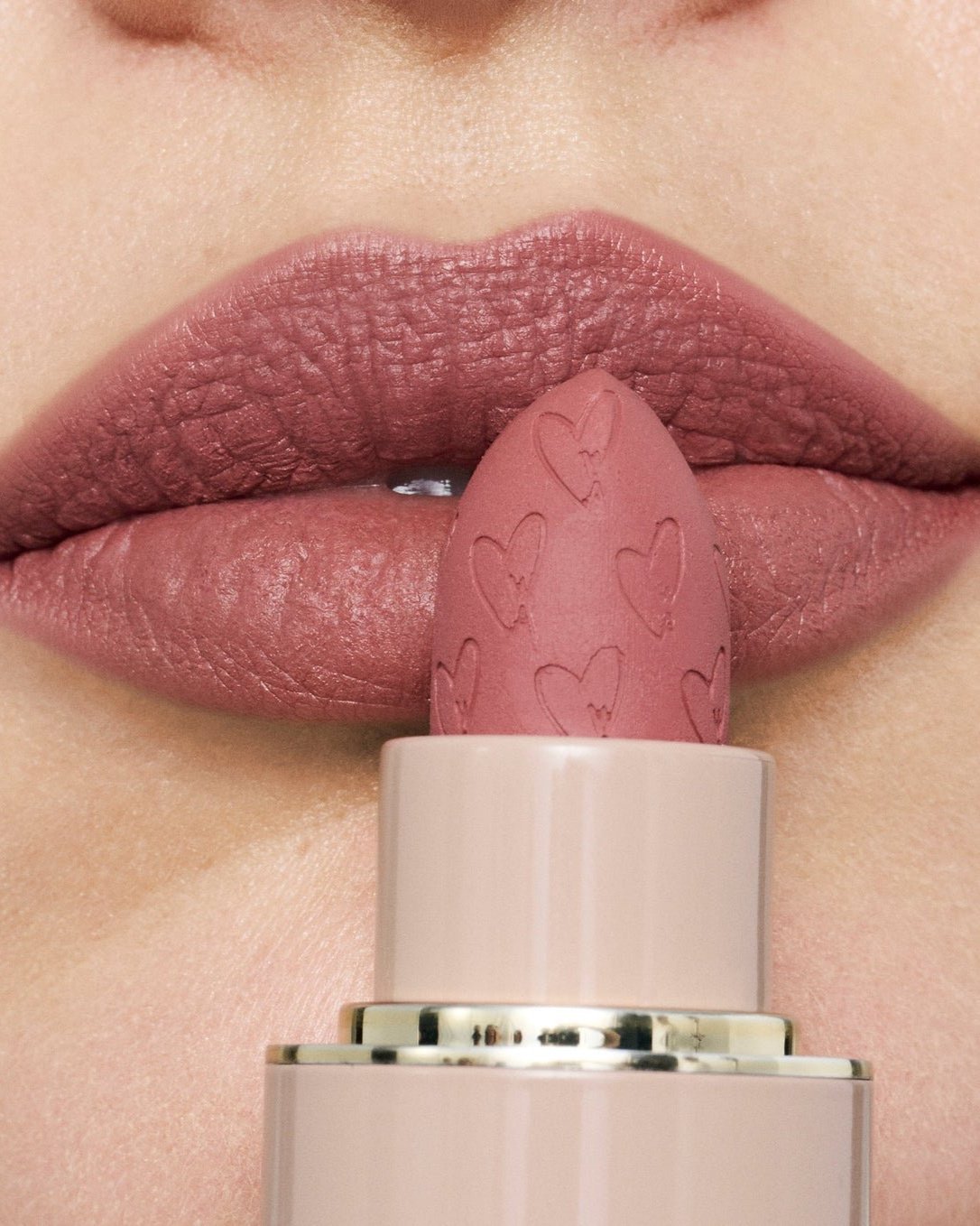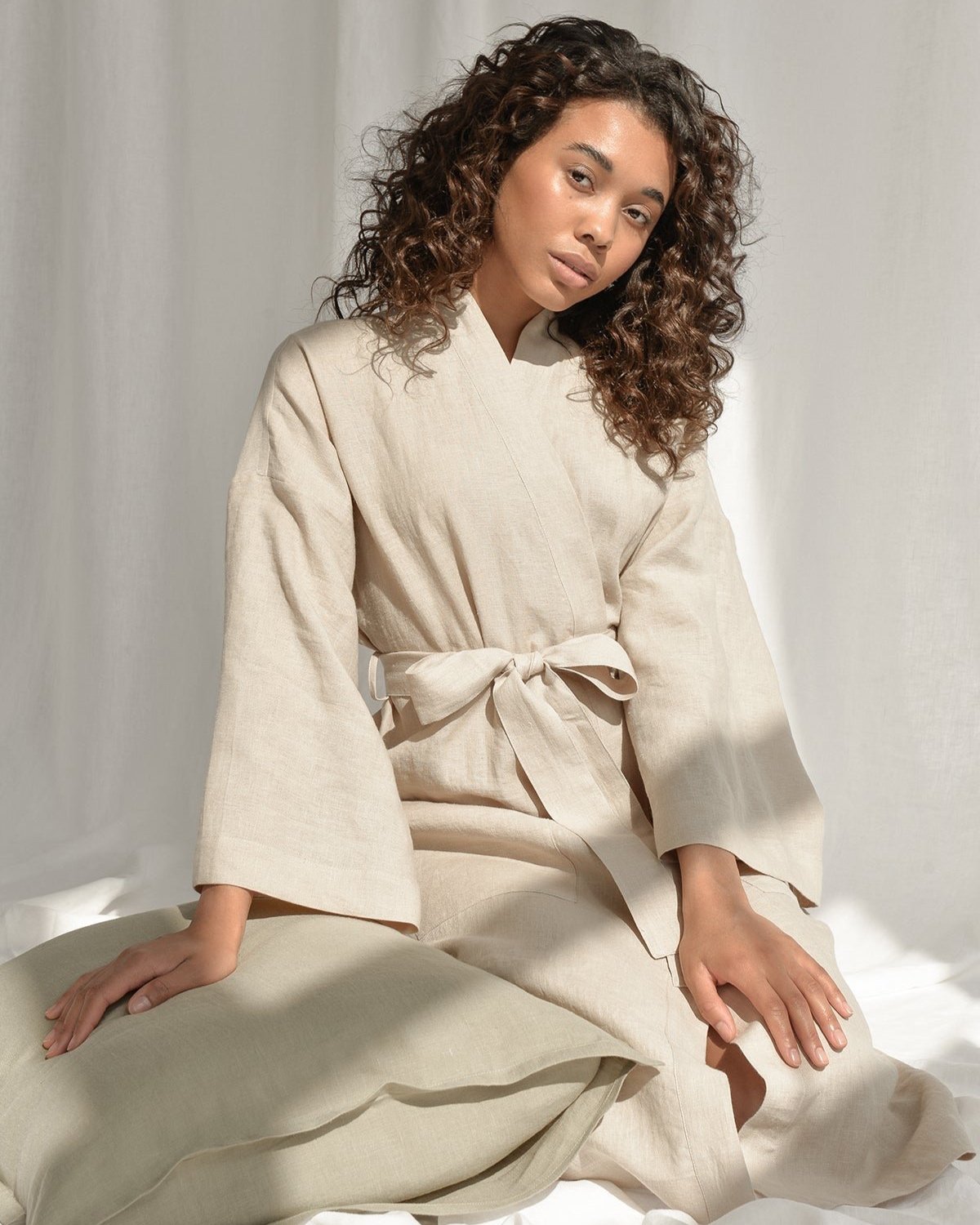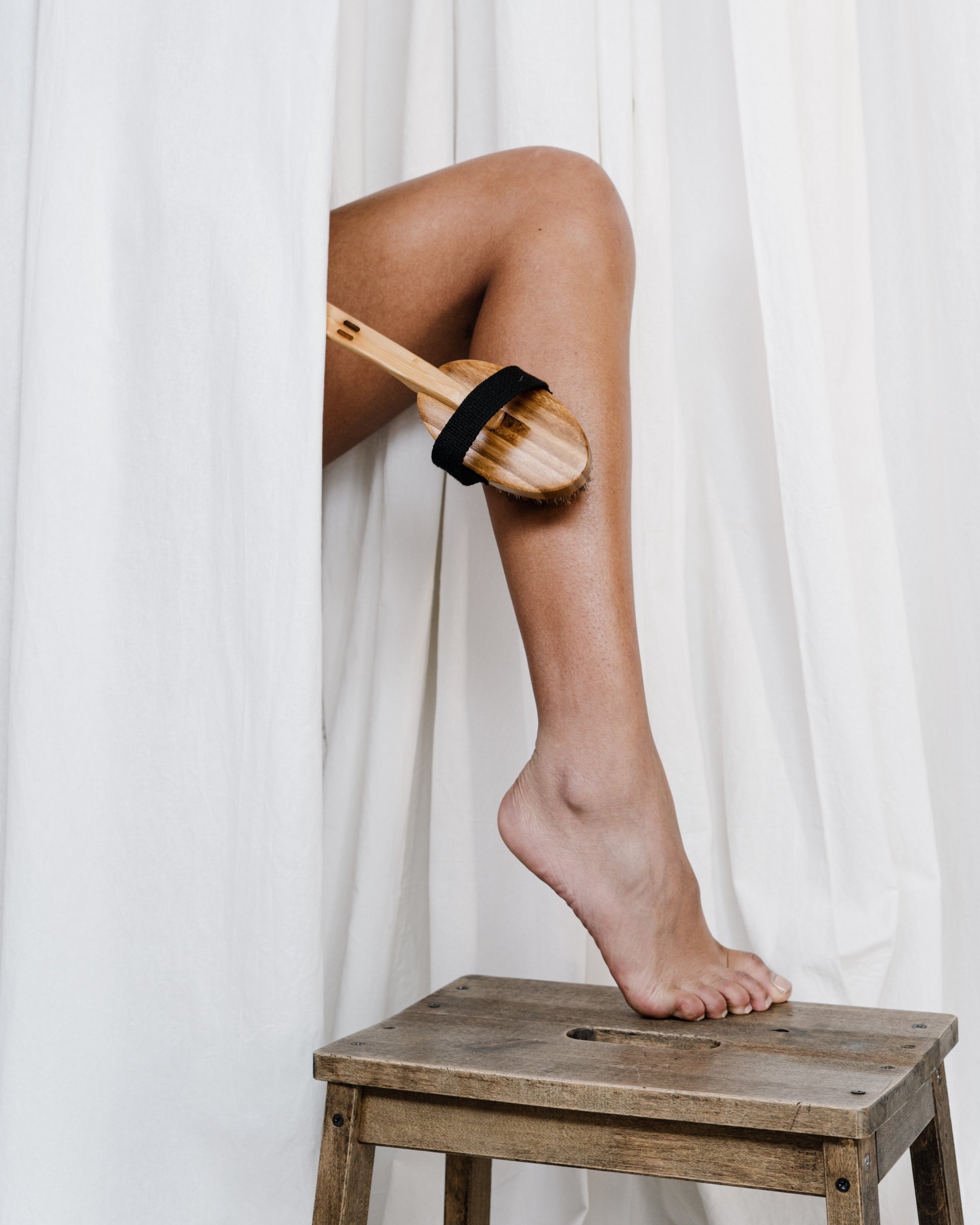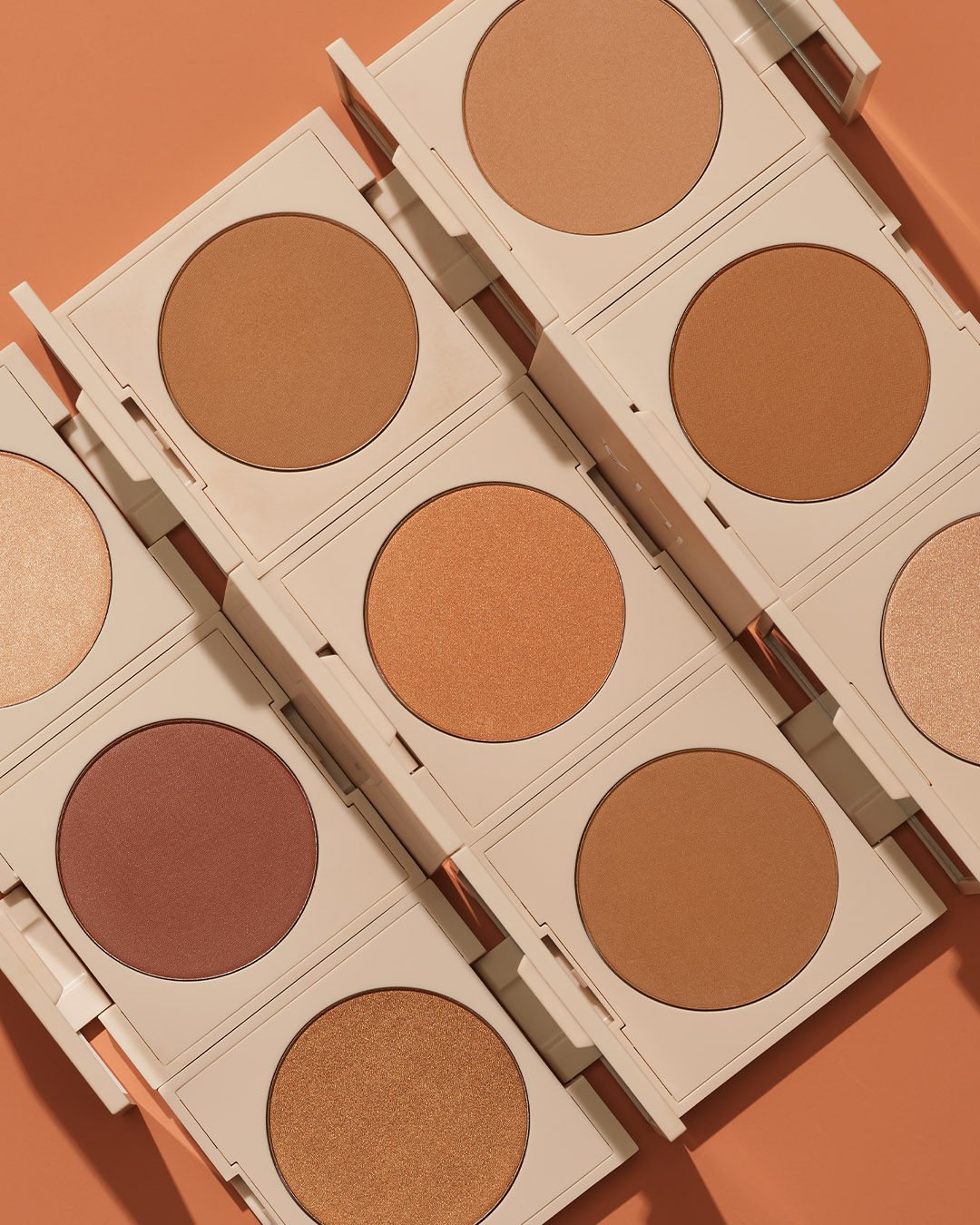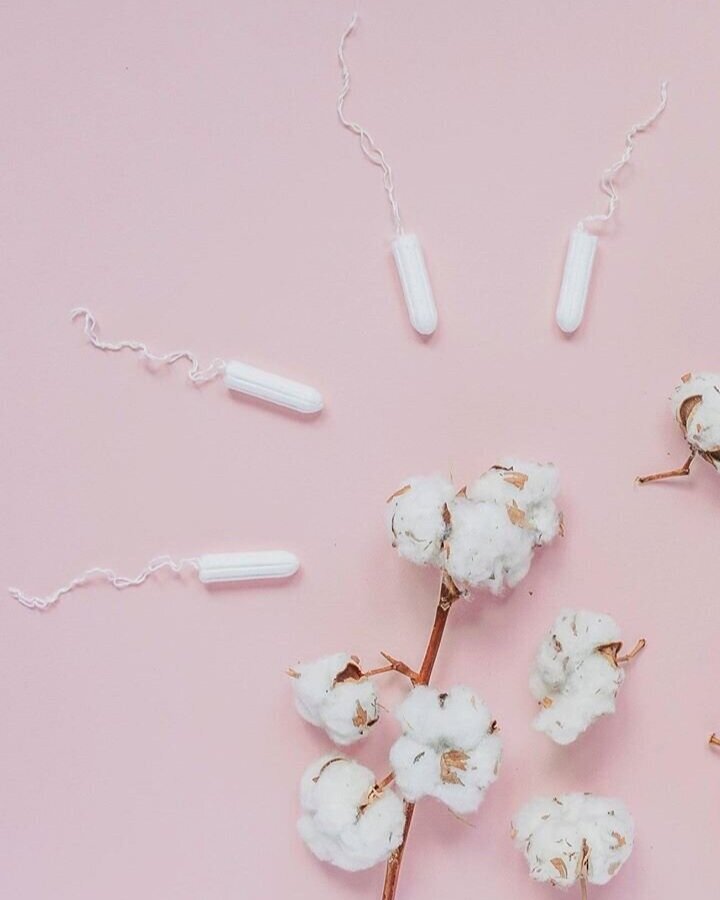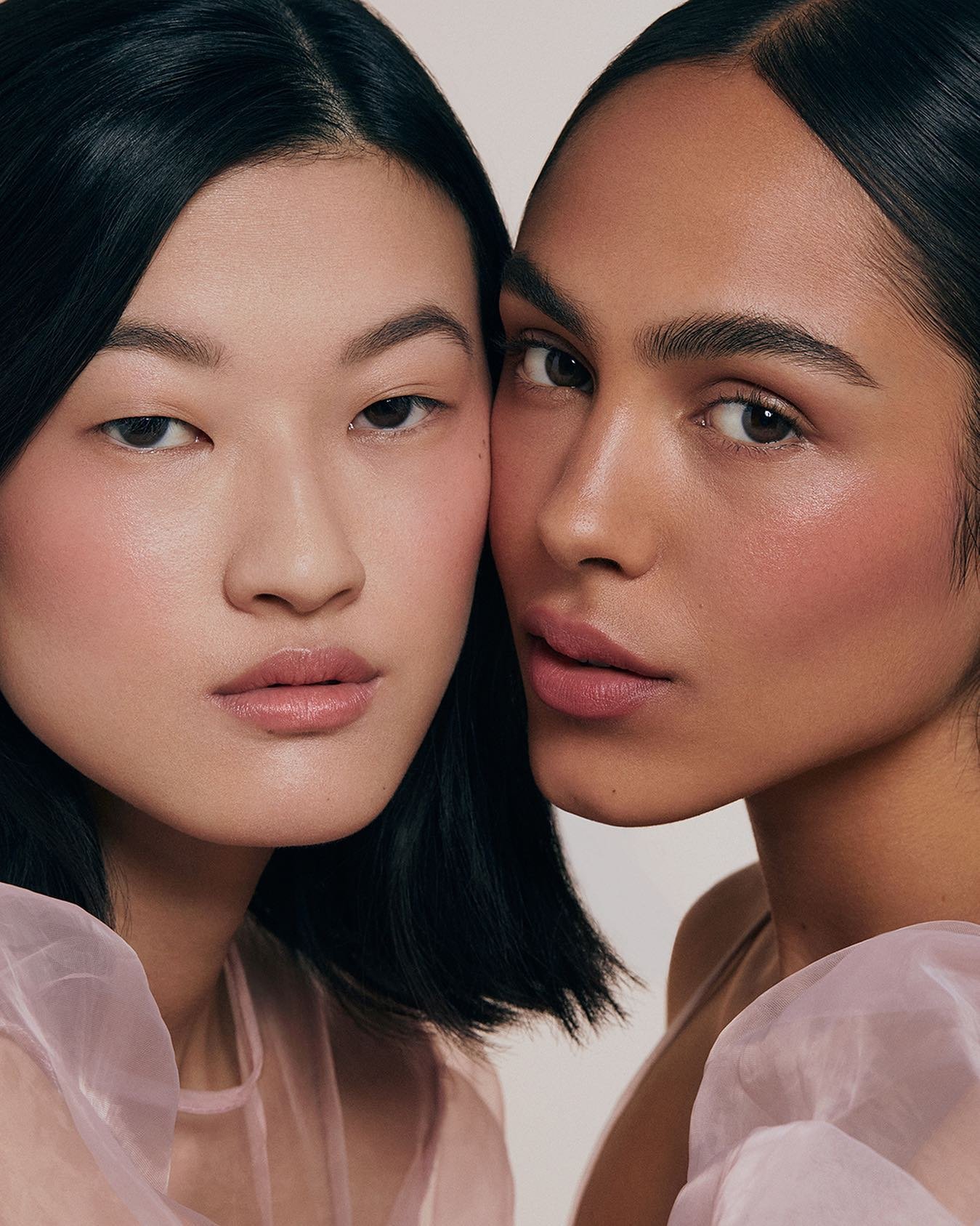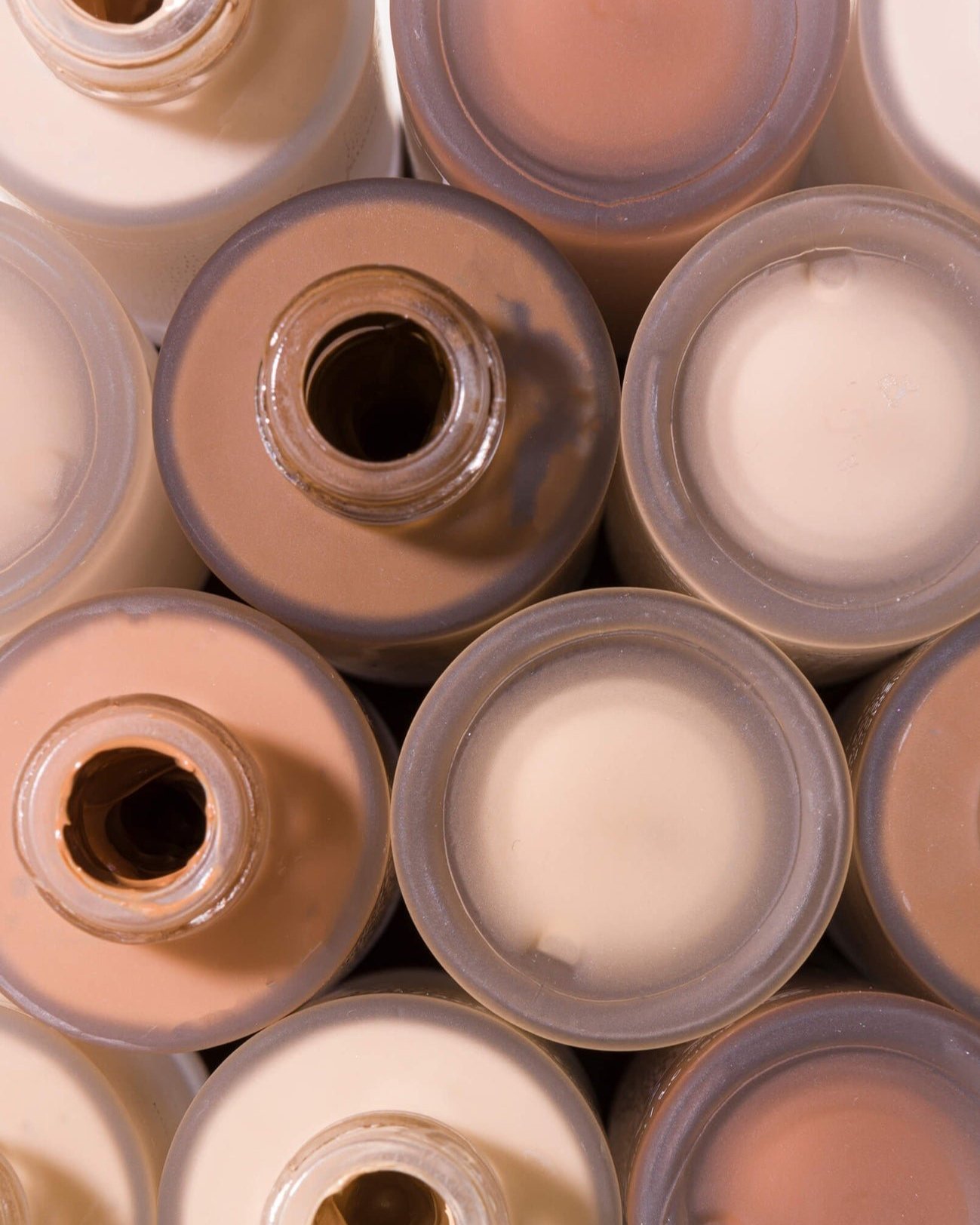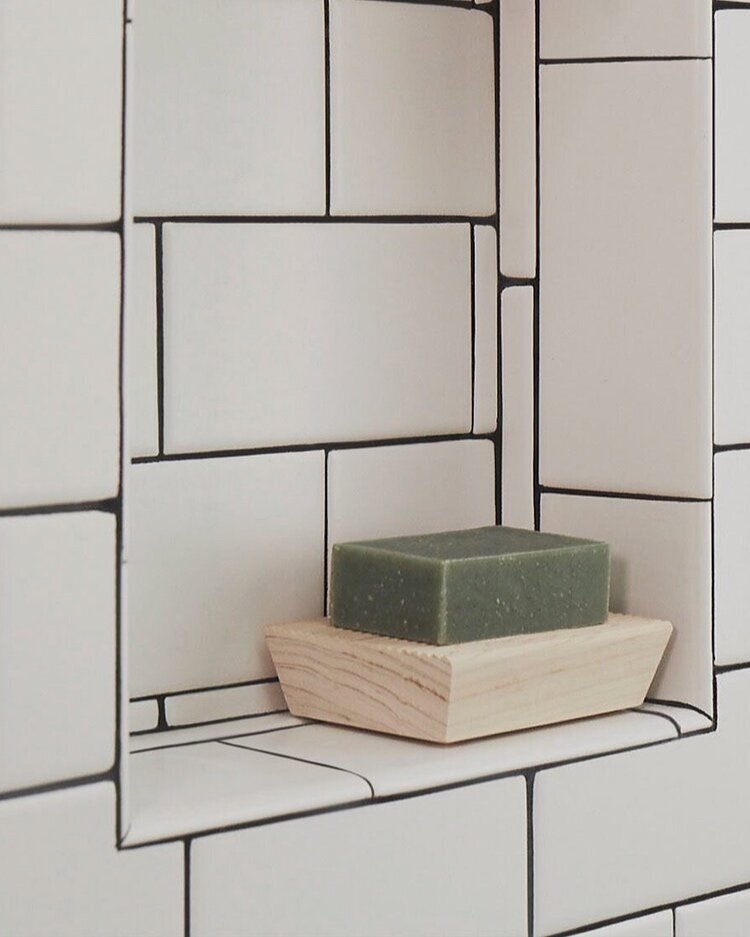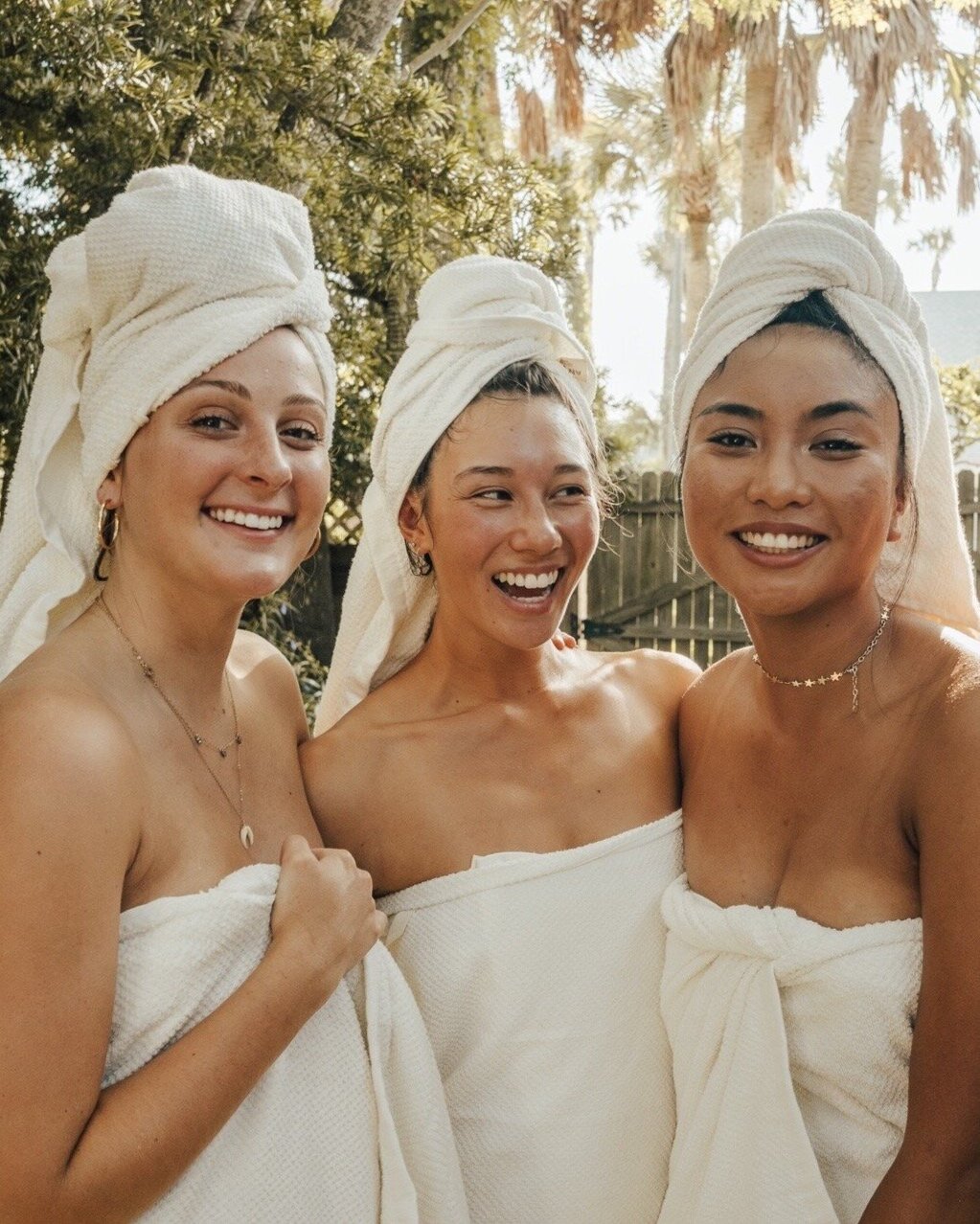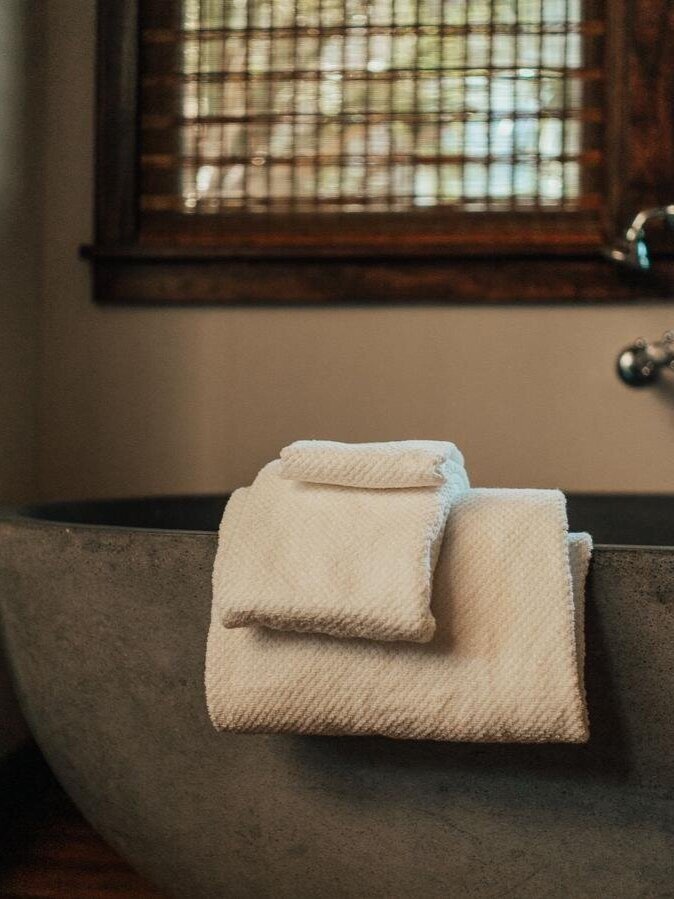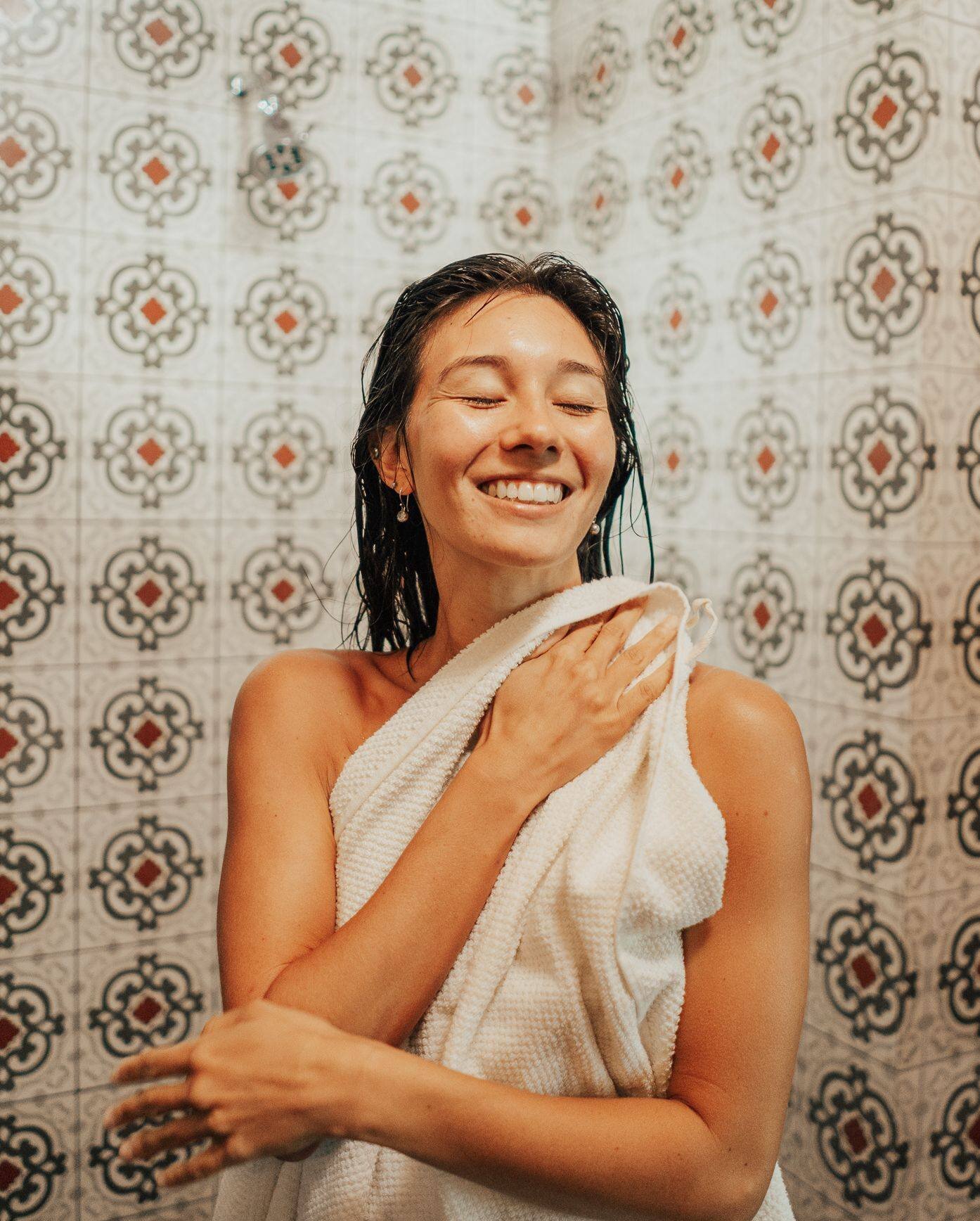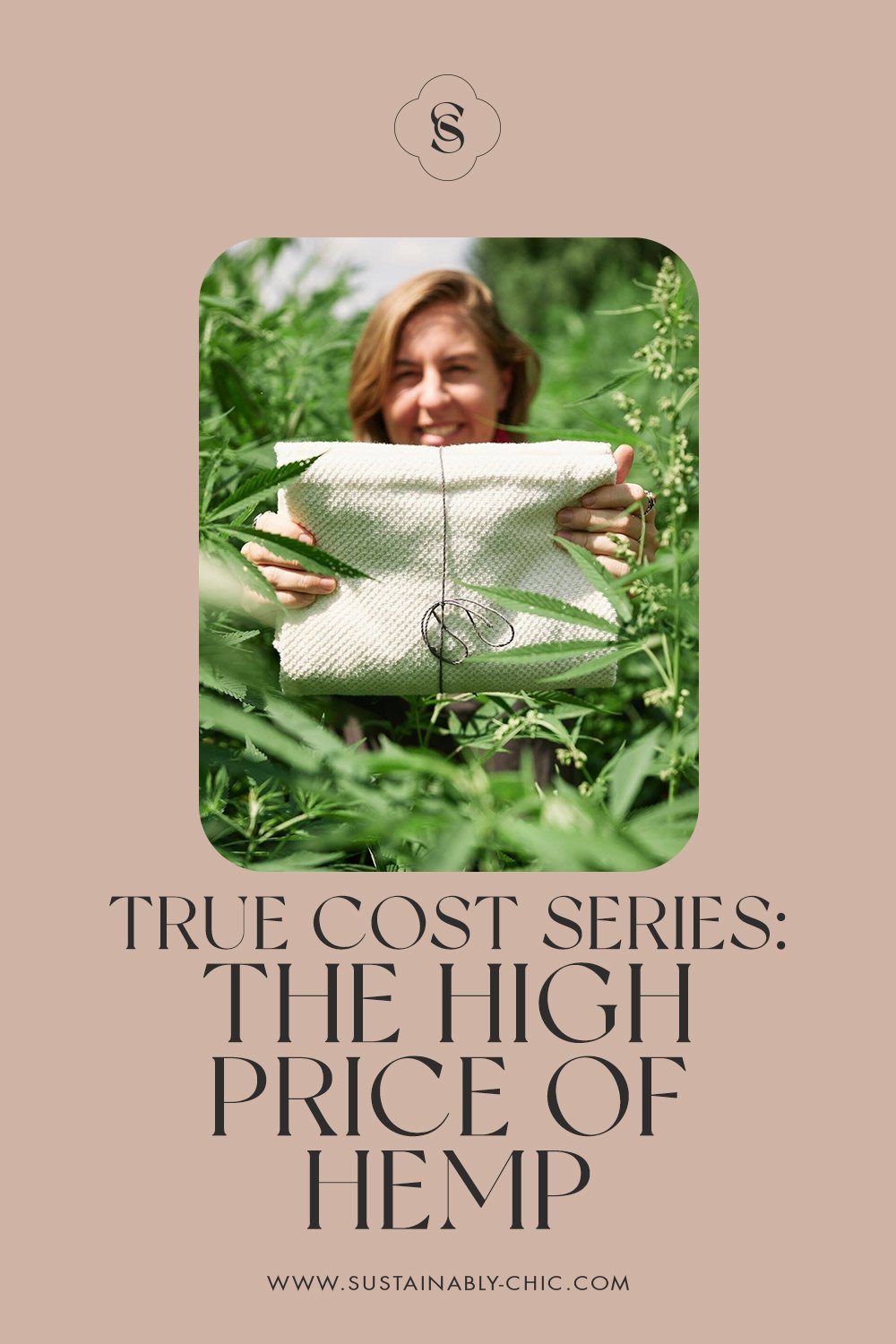image from Thinx
Disclosure: Some of the links below are affiliated and/or sponsored; we may earn a small commission if you click through and make a purchase. We only ever add brands & products we truly believe in.
The Best Period Underwear Brands
The first time I heard about period underwear, my first thought was, “Ew.” I’ve always preferred tampons to pads and recently transitioned to a menstrual cup, so the thought of walking around with underwear that absorbed everything just grossed me out. But as a twenty-something who uses social media, I was eventually influenced by a sustainable account I had grown to trust. She was a skeptic turned believer, and it didn’t feel like a ploy for her to get paid by the brand. Besides, it was only $30. Now, I am that skeptic turned believer.
Period underwear is comfortable, cute, sustainable, easy, and, best of all, it actually works. I’m still a lover of my period cup, but on days that I don’t want to have to stress about changing my cup midday, period underwear comes in clutch. The material is simultaneously breathable and moisture-wicking, confidently absorbent and subtly smooth. It doesn’t feel like you’re wearing a diaper (which was a fear of mine) or even a pad for that matter. It just feels like underwear you can rock all day while you conquer the world, just as you normally would.
Is Period Underwear Sustainable?
Period underwear is the sustainable option for any time of the month, too. You don’t *just* have to wear it while menstruating; a lot of these brands offer products that are absorbent as well as moisture-wicking, keeping you comfortable no matter what the day throws at you. With that being said, some brands do use some materials that might not necessarily be sustainable, like nylon, but the concept of period underwear and the accessibility that they offer is sustainable. Reducing the waste of tampons and pads and other feminine hygiene products that end up in landfills and our oceans is a sustainable win.
These nine period underwear brands will make sure you can still conquer the world in comfort, even while you’re on your period.
Our Top Picks for Period Underwear Brands:
1) Hannah
Price | Underwear: $30-$45
Sizing | XS-2XL
In addition to their reusable pads and period cups, Hannah also has a collection of period panties that come in a variety of styles—from thongs to standard briefs to boyshorts and more. They’re made using undyed and unbleached certified organic cotton, and are guaranteed to be PFAS-free.
Give them a follow on Instagram, too (@thebrand_hannah) for more tips on care, cleaning, and more!
2) Thinx
Price | Underwear: $24-$42 // Saver Sets: $64 (2 pairs)-$159 (5 pairs)
Sizing | XXS-3XL
Thinx was founded in 2013 and encompasses Thinx (period underwear), Thinx BTWN (period underwear for teens), and Speax (underwear for bladder leaks). Your purchase of a pair of Thinx underwear has power, helping to uphold initiatives like EveryBody campaign that educates and empowers young people and MAS’ Women Go Beyond initiative at their facility in Sri Lanka. Their underwear materials are transparently outlined on their site, all OEKO-TEX certified.
3) Knix
Price | Underwear: $23-$38 // Bundles: $105 (light flow: 4 pairs)-$125 (heavy flow: 4 pairs)
Sizing | XS-4XL
This woman-founded brand also prioritizes transparency and women empowerment, a theme with most period underwear brands (so awesome!). As Knix continues to grow, the company continues to work toward more sustainable practices, believing that imperfectly starting somewhere is better than not starting at all - which I agree with! Their blog, The Lift, has tons of inclusive, accessible, and informative content on topics from wellness to parenthood.
4) Proof
Price | Underwear: $25-$43 // Bundle: Buy 3 pairs save 10%, Buy 5 pairs save 15%, Buy 7 pairs save 20%
Sizing | XS-3XL
Founded by the three Caden sisters, Proof focuses on covering all kinds of leaks, like period, bladder, maternity and postpartum, sweat, and post-sex - whatever it is, they got you covered. They also have period underwear that is eligible for reimbursement under your HSA and FSA. Talk about progress! Proof is paired with the Period Menstrual Movement, Black Women for Wellness, and the High Five Grant for Moms to help further women empowerment throughout the world.
5) Modibodi
Price | Underwear: $18.50-$45 // Bundle: $44.50 (5 moisture-wicking pairs)-$307 (10 mix of moderate to overnight pairs)
Sizing | XS-6XL
At Modibodi, part of each purchase goes toward donating pairs of period underwear to girls in need around the world. So far, Modibodi has donated 23,341 pairs. They also have donated period underwear during crises like the Australian Brushfire and the Covid-19 pandemic. Modibodi uses materials like bamboo viscose, sports merino wool, and microfiber. Their Made To Feel film campaign shows that the sustainable choice can also be the most comfortable & impactful choice.
6) Saalt
Price | Underwear: $29-$39 // Bundles: $98 (1 undie, 2 cups, period cup wash) - $171 (3 undies, 2 cups, period cup wash) // Build Your Own Bundle & Save
Sizing | XS-XXL
Saalt is another B-corp certified company, and they give 2% back to fund initiatives in education, sustainability, and menstrual health. Their packaging is 100% recyclable, and their products are ethically made with partners that create positive change, like access to clean drinking water, in their communities. Saalt’s Impact page is informative and transparent, and you can find their 2020 Impact Report linked there. We love an openly communicative company.
7) Ruby Love
Price | Underwear: $17.99-$29.99 // Bundles: $74.99 (3 pairs)- $225 (9 pairs)
Sizing | Bikini, High-waist, Brief, and Hipster: XS-3XL // Bliss Seamless Underwear: XXS-8X
Ruby Love’s technology has 5 layers of protection (and no plastic), with the option to add one of their double-sided pads for extra absorbency and protection. This brand is all about inclusivity, clarifying that their products are for any person who wants extra security due to periods, bladder leaks, incontinence, age, or any other personal preference. Ruby Love also offers the widest variety of options, in sizes, colors, and styles.
8) Aisle
Price | Underwear: $32-$46 // Bundle: Set of 3 save 5%, Set of 5 save 10%
Sizing | XS-5XL
Aisle has been a certified B-corp company since 2012, and the co-founders have been in the business of sustainable products for women since 1993. Each pair of their period underwear comes with a bonus absorbency booster that can be slipped into the underwear on extra heavy days, for extra peace of mind. They are uber transparent about materials, production, and partnerships.
9) Dear Kate
Price | $34-$46
Sizing | XS-3X
Dear Kate is all about “protecting against leaks and stains every day of the month.” They partner with Days for Girls and donate a pair of underwear for every purchase over $100 (which seems like a lot, but that’s only 3 pairs of undies!). Their “leak-resistant” underwear is made of their patent-pending 100% fabric lining using Tactel® and LYRCA® yarns. The site’s “How It Works” page has a ton of transparent information about the product.
About the Author:
Paige Annelayne is a freelance writer and digital media specialist currently based in Alabama, who loves to cook, learn about intersectional sustainability, and read a lot of books. Her cat, Gnocchi, her plants, and a good cup of matcha bring her joy. You can connect with Paige on Instagram @vitality.blog and at www.vtltyblog.com
MAKE SURE TO PIN THE PHOTO BELOW TO SAVE THIS POST FOR LATER!
WANT MORE SUSTAINABLE BRANDS? VISIT OUR BRAND DIRECTORY!
Our Brand Directory is home to hundreds of sustainable brands, from makeup to cleaning supplies, from underwear to shoes. We have broken everything down by category for easy shopping, along with discount codes unique to Sustainably Chic viewers.

